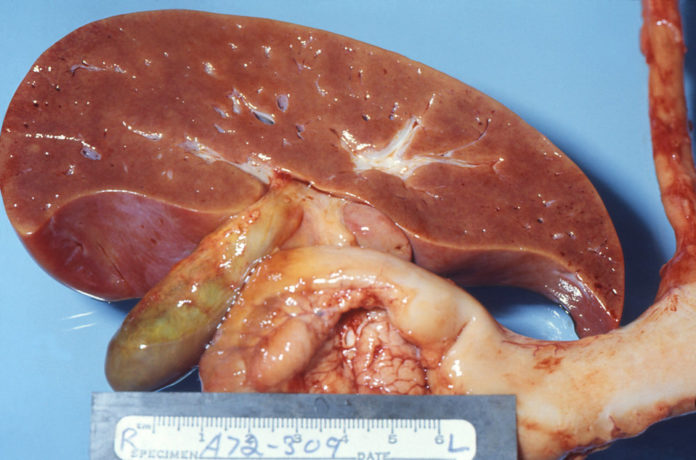Data from 187 countries show that the estimated number of deaths from viral hepatitis increased from 1.1 million in 2019 to 1.3 million in 2022
New Delhi: India is among a group of ten countries that collectively shoulder two-thirds of the global burden of hepatitis B and C, the World Health Organisation has warned in a new report. To eliminate viral hepatitis as a public health threat by 2030 is one of the sustainable development goals and the world is currently not on track to achieve that unless swift actions are immediately taken.
Apart from India, the nine countries are Bangladesh, China, Ethiopia, Indonesia, Nigeria, Pakistan, the Philippines, the Russian Federation and Viet Nam. The 2024 Global Hepatitis Report was released at the World Hepatitis Summit. It estimates that hepatitis is the second leading infectious cause of death globally — with 1.3 million deaths per year, the same as tuberculosis, a top infectious killer. Hepatitis is an inflammation of the liver. Among the causes that can trigger it are infections, alcohol, medicines that are harmful for the liver and genetic disorders.
Data from 187 countries show that the estimated number of deaths from viral hepatitis increased from 1.1 million in 2019 to 1.3 million in 2022. Of these, 83% were caused by hepatitis B, and 17% by hepatitis C. Every day, there are 3500 people dying globally due to hepatitis B and C infections.
“This report paints a troubling picture: despite progress globally in preventing hepatitis infections, deaths are rising because far too few people with hepatitis are being diagnosed and treated,” said WHO Director-General Dr Tedros Adhanom Ghebreyesus. “WHO is committed to supporting countries to use all the tools at their disposal – at access prices – to save lives and turn this trend around.”
Updated WHO estimates indicate that 254 million people live with hepatitis B and 50 million with hepatitis C in 2022. Half the burden of chronic hepatitis B and C infections is among people 30–54 years old, with 12% among children under 18 years of age. Men account for 58% of all cases.
Across all regions, only 13% of people living with chronic hepatitis B infection had been diagnosed and approximately 3% (7 million) had received antiviral therapy at the end of 2022. Regarding hepatitis C, 36% had been diagnosed and 20% (12.5 million) had received curative treatment.
These results fall well below the global targets to treat 80% of people living with chronic hepatitis B and hepatitis C by 2030. However, they do indicate slight but consistent improvement in diagnosis and treatment coverage since the last reported estimates in 2019. Specifically, hepatitis B diagnosis increased from 10% to 13% and treatment from 2% to 3%, and hepatitis C diagnosis from 21% to 36% and treatment from 13% to 20%.


